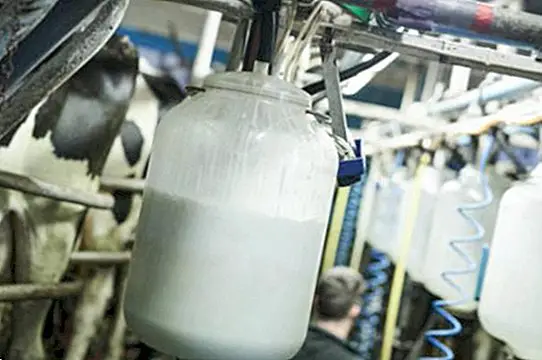Why fat cysts appear
The fat cysts They are a fairly common condition, although certain people may have a greater propensity to develop them. Medically they are called sebaceous cysts, and as we will know more in detail in the following lines originate mainly from the inflammation of the hair follicles.
The first thing we must do is to distinguish these sebaceous cysts from what is called lipoma (benign tumors of adipose type). Although they may look similar since both are small lumps of fat that are under the skin, their formation and their characteristics present differences.

The cysts are, then, a accumulation of fat under our skin. While they could develop anywhere in our body, Its most usual location is in the face and trunk.
What are the causes why cysts appear?
As you know, our skin is full of pores, the small openings that connect to a follicle, and each of them has a hair and a sebaceous gland. We have a large number of hair follicles and each of them is therefore linked to a sebaceous gland.
These glands are responsible for producing a greasy secretion, fulfilling the function of keeping the hair and surrounding skin in good condition, as well as facilitating the transport of dead cells to the surface of the skin.
But these hair follicles, the ducts in our skin, become clogged and inflamed. This is usually the beginning of the sebaceous cyst. Anyway, also a cutaneous trauma can trigger the origin of a fat cyst.
In any of these cases what happens is that a sac of cells develops inside which the secretion of a protein called keratin occurs.

This obstruction is responsible for the accumulation of fat and the consequent appearance of the lump. Cysts appear as adherent underneath our skin and can often be seen as white or black spots. With the passage of time, the accumulation that is caused by the obstruction of the follicle causes the cyst to grow.
The symptoms are more than obvious: begins to appear, usually slowly and painlessly, a small lump under the skin. When this protuberance becomes infected or inflamed, other related symptoms tend to arise, such as reddening of the skin, sensation of having sensitive, painful or hot skin, as well as the exit of a grayish-white substance with a bad odor. .
The pain appears especially when the cyst becomes infected and an abscess occurs, consisting of an accumulation of pus that in turn causes the appearance of swelling inflammation around it.
Treatment for fat cysts
One of the most common treatments for sebaceous cysts is an intervention performed by a health professional - usually a dermatologist - that involves opening the cyst and draining its contents. It is important in this procedure that the capsule that was wrapped around it be completely removed to prevent another cyst from re-emerging. This procedure is performed under local anesthesia and scarring is almost imperceptible.
It is important for those who have this type of cysts to be careful not to get infections, since contact with other germs or bacteria in our skin can generate pus, leading to greater risks.
If you have any doubt, and because sebaceous cysts can be confused with lipomas or benign adipose tumors, we recommend you go to a dermatologist for further information. We hope you have found this explanation of how fat cysts appear and their treatment.
Image | Wikipedia This article is published for informational purposes only. It can not and should not replace the consultation with a Physician. We advise you to consult your Trusted Doctor.



